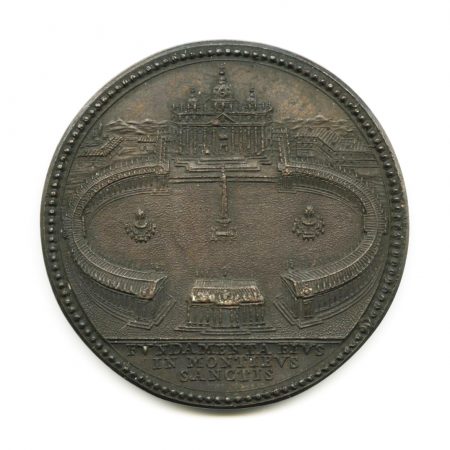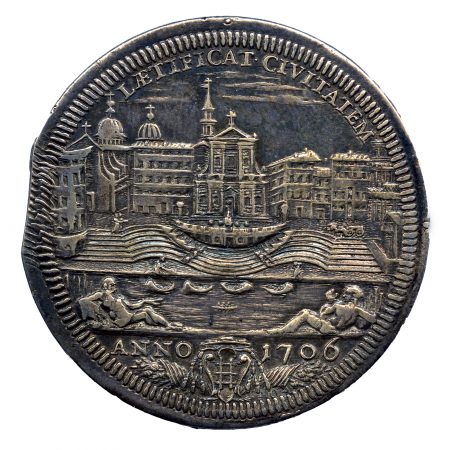The Coins and Medals Collection of the National Roman Museum
Palazzo Massimo
Largo di Villa Peretti, 2
00185 Rome (Italy)
The Coin and Medal Collection of the National Roman Museum is currently closed to the public
The new opening hours will be announced soon
The National Roman Museum owns the important and highly specialised historical Coin and Medal Collection. The Coins and Medals Collection (Medagliere) was developed at the end of the 19th century in the Baths of Diocletian complex within the recently created National Roman Museum, with the primary purpose of bringing together all numismatic materials originating in the territory of Rome and Lazio. The initial core of the collection was made up of finds discovered between the end of the 19th century and the early 20th in the course of works to adapt the city to its new role as capital city of the Kingdom of Italy and to resolve the issues with the Tiber riverbed. Alongside the significant quantity of numismatic materials generously returned by the subsoil both individually and in groups, various other acquisitions have enriched the coffers of the Coin and Medal Collection over time, and the collection now contains more than half a million items, including coins, medals, monetary weights, tiles and minting items, along with gems, jewellery, precious ornaments and other valuable metal artefacts. The collections have also been substantially increased through generous donations of entire private collections and a carefully managed policy of purchases on the antiquarian market. The most significant acquisitions include the material from the Kircherian Museum, the collection of Roman and High Medieval coins of Francesco Gnecchi and the collection of medieval and modern Italian coins from Victor Emmanuel III. From its creation until the end of the 20th century, the Coin and Medal Collection was housed in the Baths of Diocletian. In 1996 it was moved to the new site at Palazzo Massimo alle Terme, where substantial exhibition and operational spaces had been set aside for it: on the exhibition floor dedicated to the economy and the use of money (Level -2), there is a complex, multi-faceted range of exhibits designed to illustrate the economic aspects of the country through coins, goods and services. The Coin and Medal Collection’s numismatic materials cover an extremely vast timespan, from approximately the 9th century BC to the era of the Kingdom of Italy, and in some cases including items from the contemporary period. This enormous range of materials makes the collection unique in that, despite being part of an archaeological museum focused primarily on the Roman period, it goes beyond those chronological boundaries thanks to the presence of a very large quantity of material from the medieval and modern ages. Because of the extent and importance of its artefacts, the National Roman Museum’s Coin and Medal Collection can today be considered one of the most significant and prestigious sites in the sector both nationally and internationally. The National Roman Museum’s Coin and Medal Collection is also home to a specialist library and the Editorial Office of the numismatic journal Bollettino di Numismatica.



